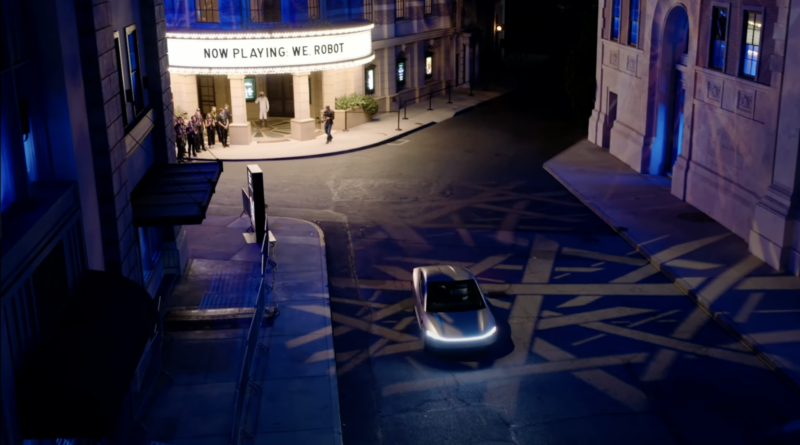Tesla Robotaxi Strategy: A Medium Sized Fleet
People have been pondering, analyzing, and predicting what the future of transport will look like. It is easy to say that it’s robotaxis because that can come in a lot of stages, scales, and flavors. Tesla just held its “We, Robot” event, and there’s been much discussion around it. However, what Tesla failed to unveil is its robotaxi strategy. Luckily, there were enough hints in the videos that made it possible to fill in some blanks and uncover Tesla’s new robotaxi strategy, one I had never considered in previous years. The key is to have a medium sized fleet that people can afford and want to buy.
To give some historical context on Tesla’s previous robotaxi strategy, in the past, when asked about the price of Autopilot and FSD in the future, Elon Musk commented in multiple earnings calls that it will get more expensive over time as more features are delivered. Once the robotaxi network is live, people might not even be able to afford Tesla vehicles, only fleets. Even at such high prices, the value proposition is so high that the investment is still guaranteed to pay itself back over time and be more profitable than ride-hailing services are. Tesla customers and people seeking to buy one have been worried that if they don’t buy a Tesla as well as FSD now, they might not be able to afford it in the future. Perhaps you already start to see the stark contrast in how Tesla’s robotaxi strategy has shifted over the past 6 years.
Why, Tesla?
Now, if you start to think about the reason why Tesla changed its robotaxi strategy, it’s actually not because of profit — both strategies could potentially be equally profitable for Tesla. With the previous strategy, it just takes customers longer to recuperate their investment costs. This new strategy seems to provide three benefits, only one of which is likely to be what has driven Tesla’s decision.
The first benefit is distributed power to the people. Due to how loud Elon Musk has been in the past few years, we know he is a big proponent of personal freedoms and liberties. By aiming for a cheap robotaxi, people will be able to buy one.
The second benefit is that this plan is the fastest to implement. The number of vehicles that consumers can buy is much higher than if it was companies buying rental fleets — it’s not just a matter of money, it’s a matter of infrastructure, like where to park when not active and where to charge. This new strategy does not require a large battery and is thus lighter on raw materials, and for the foreseeable decade, significantly lighter on cost.
The last and main benefit is it’s the solution that is most likely to solve the rush hour and first/last-mile dilemmas, leading to the robotaxi future we all envision where you hail a robotaxi and one arrives within minutes at any time of the day no matter where you are. The reasons why and the requirements are rather delicate to pull this off, so let’s dive into that next.
Oh, that’s why
Simply put, Tesla’s previous strategy resulted in expensive vehicles, with large batteries, with huge robotic rapid charging infrastructure so that vehicles could quickly continue to provide rides — in essence, a smaller fleet that lowers downtime and increases profitability. Building that up would take longer and more people would be frustrated because they need to wait for a robotaxi longer. During rush hour, capacity would be so limited that you couldn’t really depend on the service to get to work or home. In this scenario, return on investment takes longer, and if the fleet gets big enough, you might not even break even. It’s often said that in a robotaxi you have fewer cars because unlike now, vehicles will have a lot less downtime. In the new strategy, Tesla found a middle ground.
